Among the countless delicacies that grace the vibrant streets of Japan, there is one that stands out, captivating locals and visitors alike with its delectable charm—Anpan. Imagine sinking your teeth into a soft, pillowy bread, as it reveals a luscious, sweet filling that dances upon your taste buds. Anpan, is a beloved Japanese sweet bread filled with anko, a delightful red bean paste. So, grab a cup of tea, find a cozy spot, and prepare to be captivated, inspired, and enticed by this irresistible Japanese delight.
What is Anpan?
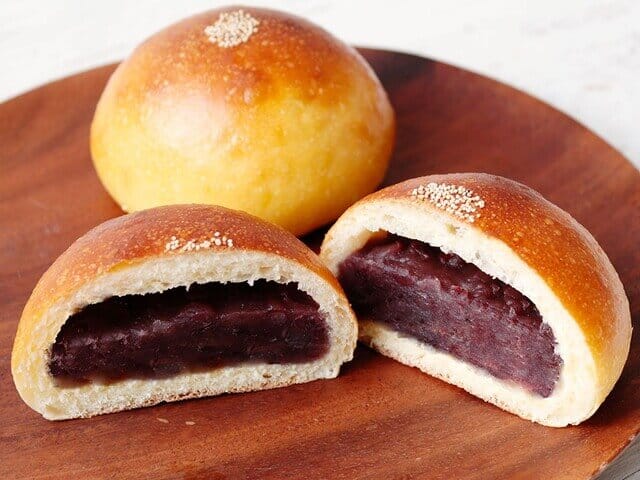
Anpan is a popular Japanese sweet bread filled with anko, a sweet red bean paste made from azuki beans. The bread dough of anpan is typically soft and slightly sweet, providing a nice contrast to the sweet and slightly chunky texture of the anko filling. The name “anpan” is a combination of two words: “an” referring to the anko filling, and “pan” which means bread in Japanese. Anko pan is a staple in Japanese bakeries and is enjoyed by people of all ages. Anpan can be found in various sizes, ranging from small bite-sized pieces to larger individual servings. Some variations may also include other ingredients such as chestnuts, matcha (green tea) powder, or sesame seeds.
Anpan History

Anpan, the iconic Japanese pastry, traces its origins back to the late 19th century and the pioneering baker Yasubei Kimura. Born on April 4, 1875, in Ibaraki Prefecture, Kimura established himself as a successful baker in Tokyo during the transformative Meiji era, marked by Japan’s embrace of Western influences. Recognizing an opportunity to introduce a novel bread concept infused with traditional Japanese flavors, Kimura combined the elements of soft, fluffy bread with anko—a cherished sweet red bean paste made from azuki beans. This ingenious fusion not only revolutionized the confectionery scene but also symbolized the harmonious blending of Japanese and Western culinary traditions.
Kimura’s creation, known as Anpan, swiftly gained popularity due to its delectable taste, affordability, and convenient portability. It quickly became a beloved snack enjoyed by people from all walks of life and emerged as a staple item in Japanese bakeries, persisting through the generations. Anko pan’s enduring fame showcases Kimura’s legacy, highlighting his vision and ingenuity in shaping Japan’s diverse culinary landscape. Today, this delightful pastry continues to be cherished throughout the country for its delicate balance of soft bread and sweet anko filling, serving as a testament to the remarkable ability of culinary inventions to captivate hearts and palates across time.
Different “an” or beans in Anpan
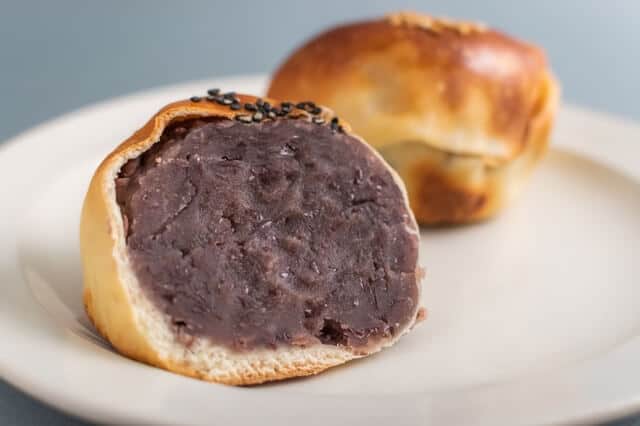
Anpan offers a delightful range of variations in its “an” filling, each adding a unique twist to this beloved Japanese pastry. There are many differences between the ingredients and the method of making the anpan. There are different types of beans, such as red beans for regular anko, green peas for uguisuan, and white kidney beans for white bean paste, but basically they are made from very simple ingredients: beans and sugar. The most common types of “an” found in Anko pan include tsubuan, which features slightly chunky anko with intact beans, providing a delightful texture. Another popular variation is koshian, where the azuki beans are simmered until soft and then mashed or strained to create a smooth and velvety paste without visible bean pieces, offering a contrasting texture to tsubuan.
Various Types of Anpan
Koshi Anpan

The most popular “Koshianpan” uses 100% adzuki beans from Hokkaido. The red bean paste is not too sweet, and it is easy to eat, and has a pleasant taste.
Ogura Anpan
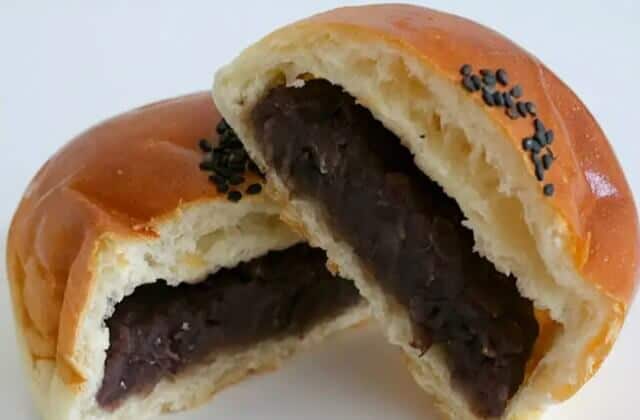
The second most popular is the Ogura Anpan. The refined sweetness of the adzuki beans stands out, and the chunky red bean paste is delicate.
Zunda Anpan
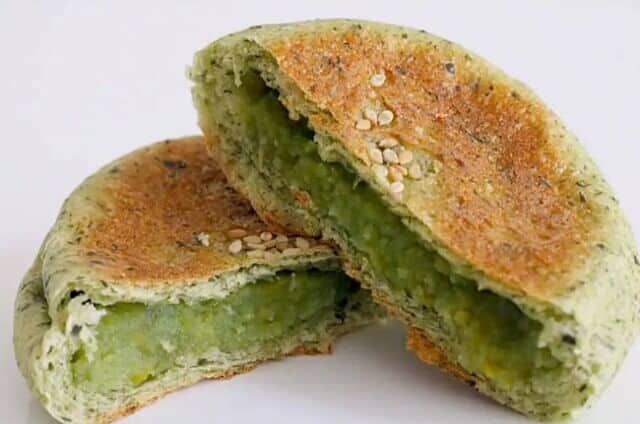
Zunda Anpan is popular among young people. The rich edamame flavor is addictive.
Shiroanpan

The mildly sweet “Shiro Anpan” made with white beans has a slightly different taste than adzuki beans. The smooth texture of the bean paste is characteristic, and it is not too sweet, so you can eat it until the very end.
Anpan FAQ
- Why does Anpan have sesame seeds?
The inclusion of sesame seeds adds a distinct flavor and texture to the Anpan, enhancing its overall taste experience. Sesame seeds have a nutty and slightly sweet flavor, which can complement the sweetness of the anko filling in Anpan. They also provide a delightful crunch and a visually appealing speckled appearance to the bread’s surface.
- What is the day of Anpan in Japan?
April 4th is “Anpan Day”. On this day, in 1875 (Meiji 8), locals believed that the first-ever presentation of “Anpan” took place at the Mito clan’s suburban residence in Mukaishima, Tokyo, during a cherry blossom viewing event attended by Emperor Meiji and the Empress.
Anpan Recipe
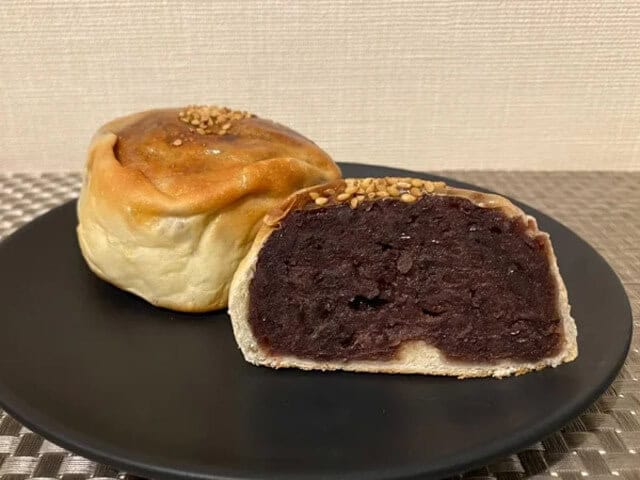
Anpan Ingredients
| Ingredients of Anpan for 6 persons | Measurements |
|---|---|
| Flour | 200g |
| Salt | 3g |
| Cane sugar | 13g |
| Dry yeast | 3g |
| Water | 60g |
| Egg | 20g |
| Milk | 50g |
How to make Anpan?
Put strong flour in a bowl, add hot water and mix with a spatula. Then, wrap and let it rest overnight in the refrigerator.
Put strong flour, salt and cane sugar in a bowl and mix by hand. Place the dry yeast and water in a separate bowl and mix with a spatula for 1 minute. Add eggs, milk, and hot water to the dry yeast and mix.
Add the bread dough to the hot water dough you made overnight and mix with a spatula until combined.
Roll the dough into a ball, put it in a bowl, cover it with plastic wrap, and let it rise for the first fermentation (about 2 hours at 15 degrees) until it doubles in size.
Divide into 6 pieces with a card and roll and divide the anko also into 6 pieces and roll them into balls.
Lightly press the dough. Wrap the red bean paste and close the seams. and press lightly with your hand to make it slightly flat.
Brush the surface with the beaten egg, sprinkle only the poppy seeds, and bake in an oven preheated to 190 degrees for about 15 minutes.
Where to buy Anpan?
Mame Ichimame (東京あんぱん 豆一豆)

Tokyo Anpan Mameichizu is an anpan specialty store located in the South Court of Tokyo Station. They offer high-quality anpan that is also useful as a Tokyo souvenir. Their anpan includes an anko with whipped cream inside and they also have those filled with azuki bean paste and chestnut bean paste.
Address: 1-9-1 Marunouchi, Chiyoda-ku, Tokyo Ecute Tokyo 1F South Court
Phone number: 03-3211-9051
Hours Open: [Monday-Saturday] 8:00-22:00 [Sundays and holidays] 8:00-21:00
Website: https://www.jr-foods.co.jp/brand/mameichizu
Kimuraya Sohonten Ginza Main Store (木村家 銀座本店)
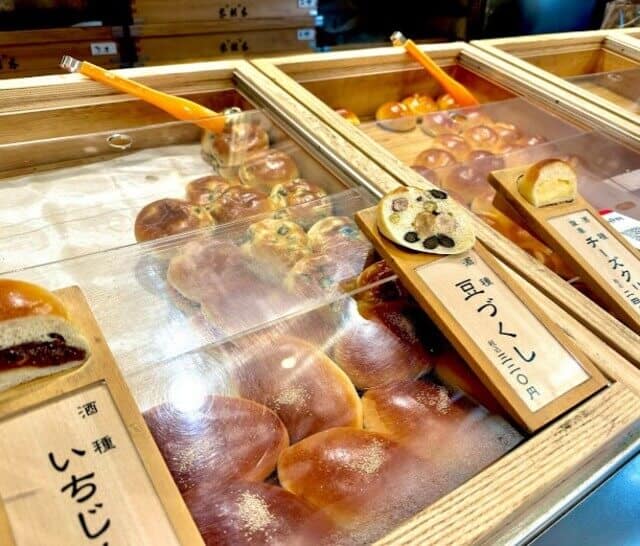
When it comes to anpan, many people probably think of this shop first. It is one of the oldest bakeries in Tokyo, “Kimuraya Sohonten”. The store has a stately and elegant appearance that is suitable for a bakery in the town of Ginza. They serve anko bread with Tokachi tsubuan and whipped buttercream. The moderately sweet bean paste goes well with the mild cream.
Kifukudo (喜福堂)
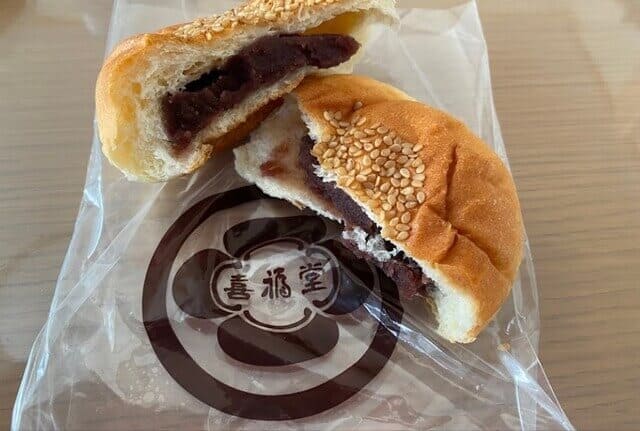
“Kifukudo” in Sugamo Jizo-Dori Shopping Street is a bakery with a history of 100 years. The signboard menu is “Japan’s most delicious anpan”. It is popular among visitors to Sugamo as a shop where you can taste traditional simple anko pan. It has a dignified presence like a long-established Japanese confectionery. Their bread dough is moist and chewy. The bean paste is fresh with a gentle sweetness.
Takeaway

We hope this article has piqued your curiosity about Anpan and inspired you to embark on a culinary adventure in Japan. By trying this beloved delicacy, not only will you indulge in a delightful treat, but you’ll also gain a deeper appreciation for the rich cultural traditions that shape Japan’s culinary landscape. From its origins in the Meiji era to its enduring popularity today, Anpan tells a story of innovation, resilience, and the art of finding joy in simple pleasures.
You can check some Japanese bread that we know you would like to try too.
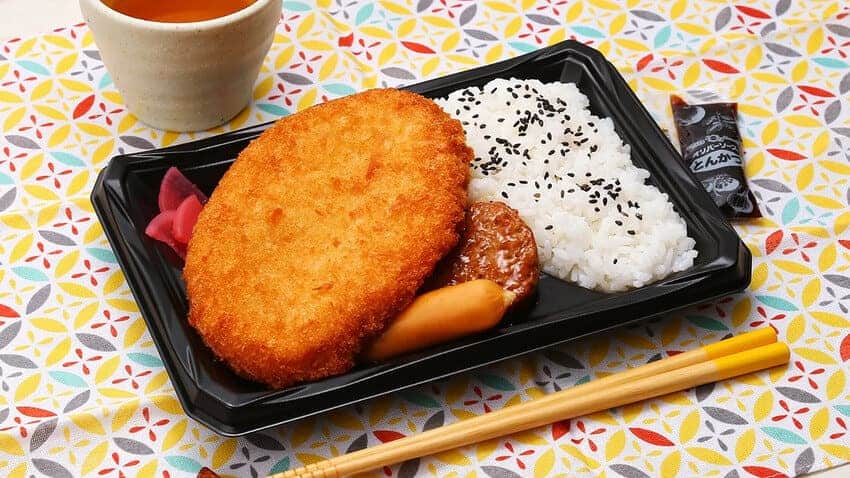


 牧野悦子-1-1256x832-1.jpg)
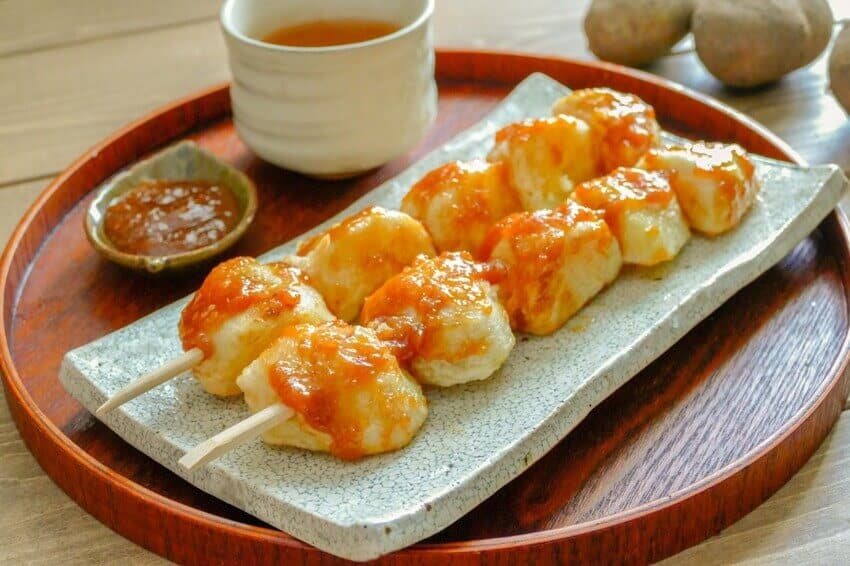

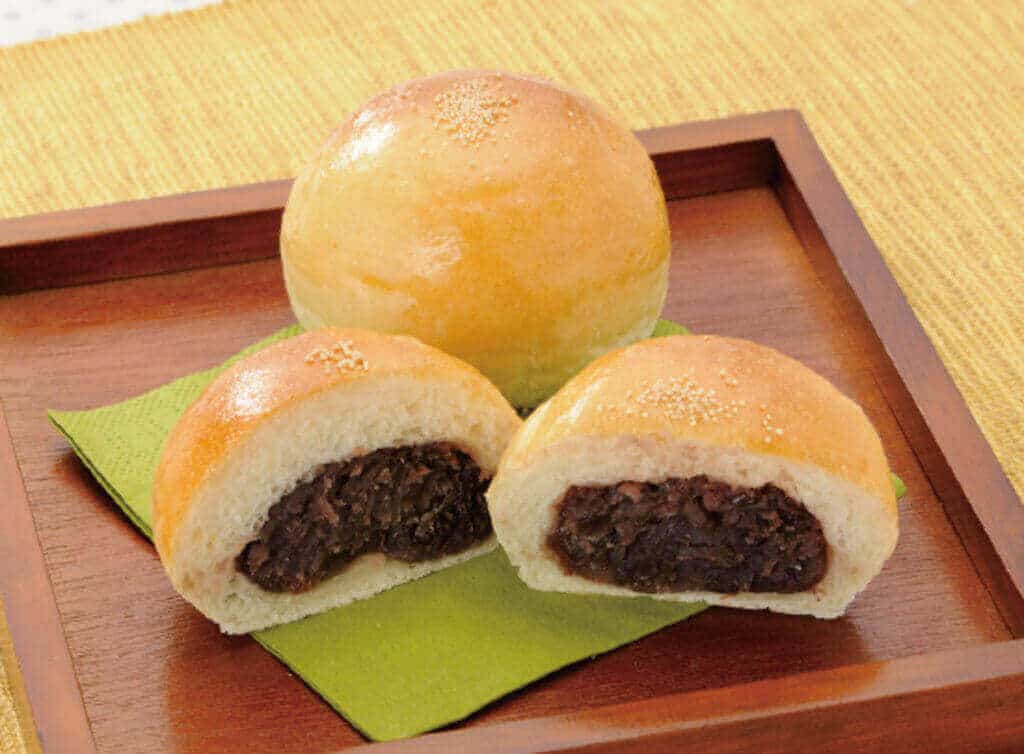
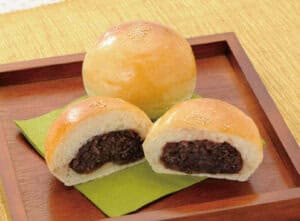
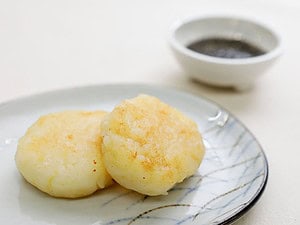
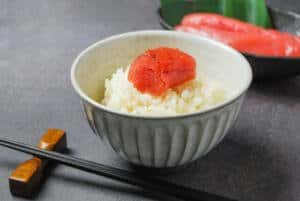
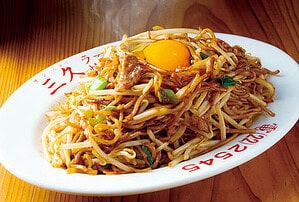
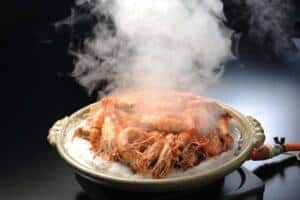
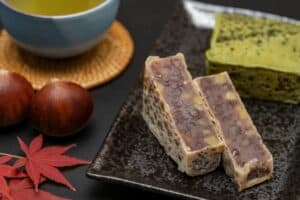

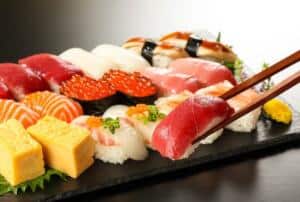

Comments